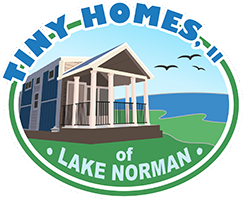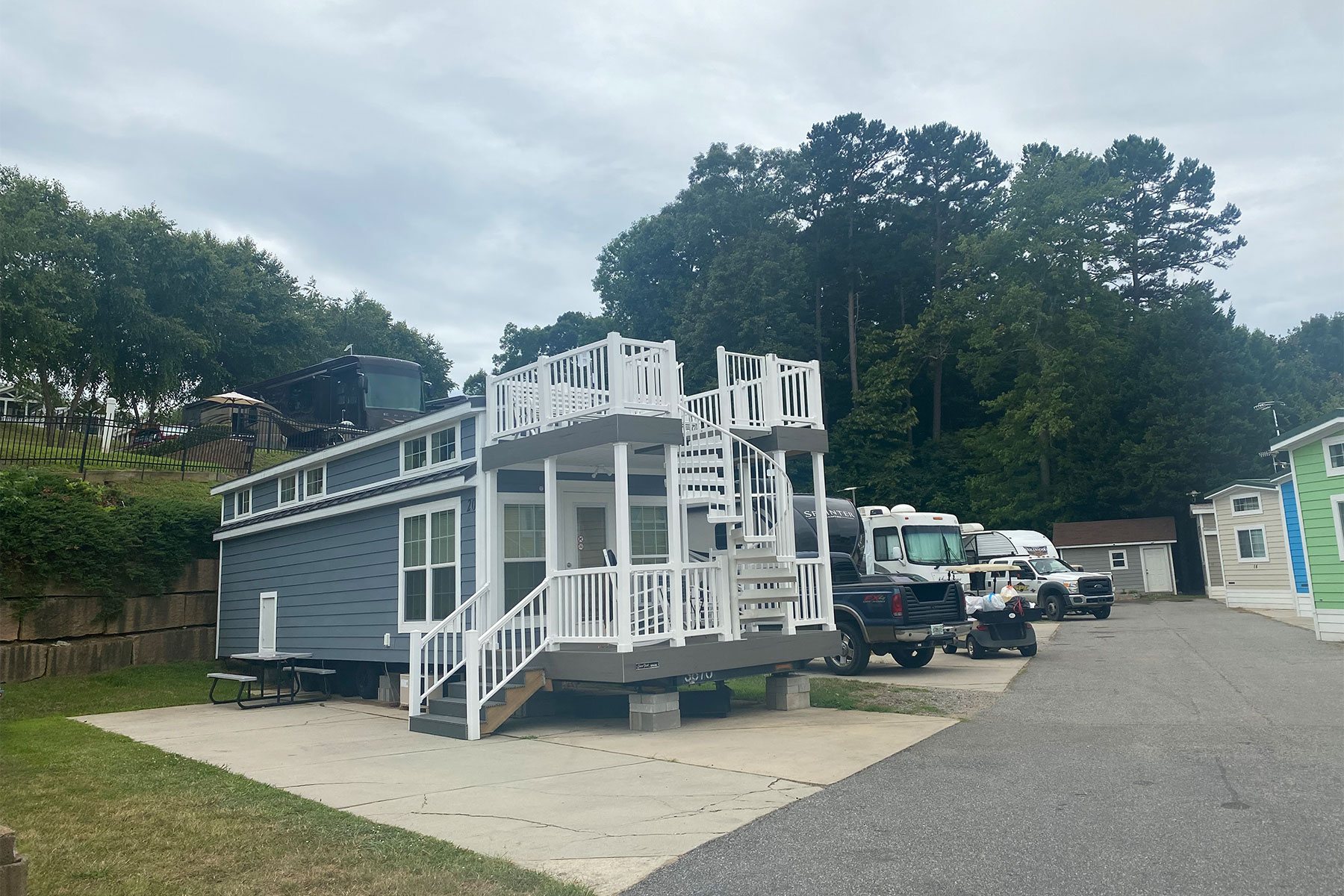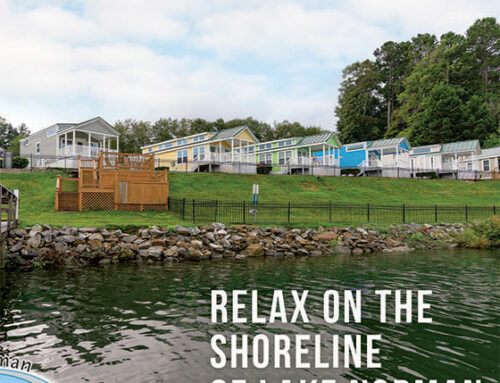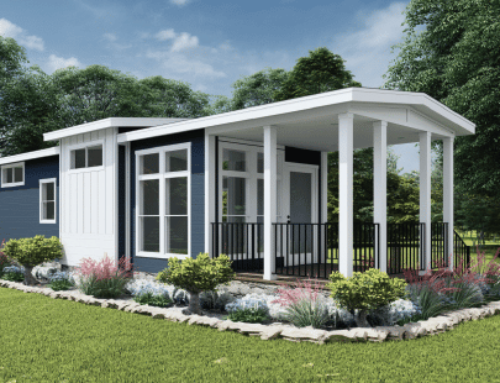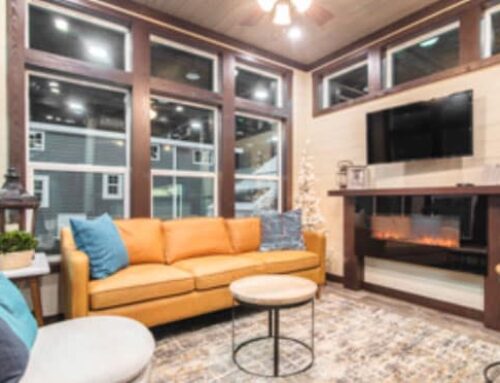In a world where urbanization is rising, and environmental concerns are at the forefront of public consciousness, tiny homes have emerged as a compelling solution that addresses both these challenges. These miniature dwellings, often ranging from 100 to 400 square feet in size, have gained immense popularity over the past decade for their minimalist and sustainable living appeal. As we look ahead to the coming years, it’s clear that the future of tiny homes holds intriguing possibilities and trends worth exploring.
1. Technological Integration: The Rise of Smart Tiny Homes
Integrating technology into homes is a trend that has already taken the housing market by storm. Technology enhances our living spaces, from smart thermostats and lighting systems to voice-controlled assistants. This trend is set to become even more pronounced in the context of tiny homes.
As space optimization becomes paramount, incorporating smart home systems that control lighting, security, and even furniture arrangements will be essential. Imagine a tiny home where the bed transforms into a sofa at the touch of a button or the kitchen counter doubles as a work desk. These innovations will maximize space and make tiny living more convenient and enjoyable.
2. Sustainable Design: Net-Zero and Off-Grid Tiny Homes
Sustainability is a driving force behind the tiny home movement and will continue to shape its future. As concerns about the environment and energy consumption grow, the focus on net-zero and off-grid tiny homes will become more pronounced.
Advancements in solar energy, battery storage, and water collection systems will enable tiny homes to operate independently of traditional infrastructure. This shift aligns with the growing desire for self-sufficiency and minimizing one’s carbon footprint. Tiny houses equipped with the latest sustainable technologies could serve as models for eco-friendly living that can be applied on a larger scale.
3. Vertical Tiny Homes and Innovative Space Utilization
The concept of vertical living has long been explored in urban architecture, and it’s also finding its way into the tiny home movement. Vertical tiny homes capitalize on height by incorporating multi-story designs and space-saving furniture that maximizes every square inch.
Lofted sleeping areas, folding desks, and wall-mounted storage solutions are just a few examples of how vertical space can be harnessed effectively. This trend increases usable space and adds an element of architectural creativity to tiny home designs.
4. Community-Oriented Tiny Living: Tiny Home Villages
While tiny homes have been celebrated for their self-sufficiency and minimalistic ethos, the future might shift towards community-oriented living. Tiny home villages, where multiple tiny homes are clustered, offer the best of both worlds: the privacy of a personal dwelling and the sense of belonging from communal living.
These villages could provide shared amenities like gardens, co-working spaces, and recreational facilities. Such arrangements foster a sense of community while reducing the environmental impact by allowing for efficient land use.
5. Regulatory Changes and Zoning Laws
One of the challenges facing the tiny home movement has been navigating the complex landscape of zoning and building codes. Many regions have regulations that make establishing tiny homes as permanent residences challenging.
However, as the movement gains momentum and garners attention from policymakers, we can anticipate more flexible zoning laws and regulations tailored to the unique needs of tiny home dwellers. This shift would open up new opportunities for individuals to embrace tiny living without fearing legal obstacles.
6. Aging-in-Place Tiny Homes
Tiny homes are often associated with young, single individuals or couples seeking an alternative lifestyle. However, the concept holds promise for another demographic: the aging population.
Aging-in-place tiny homes could be designed with universal accessibility, featuring single-story layouts, wider doorways, and easy-to-navigate interiors. These homes would allow seniors to downsize while remaining independent and connected to a supportive community.
7. Hybrid Tiny Homes: Mobility and Adaptability
The concept of mobility in tiny homes is nothing new, with many models designed to be transported from one location to another. However, the future could see the emergence of tiny hybrid homes that combine mobility with adaptability.
These homes might feature modular components that can be reconfigured to suit changing needs or locations. This trend aligns with the growing fluidity of work and living arrangements, allowing individuals to change their environment without sacrificing home comfort.
8. Design Aesthetics and Personalization
As the tiny home movement matures, diverse design aesthetics and personalization will emerge. Just as traditional homes reflect the occupants’ personalities and tastes, tiny houses will increasingly showcase various design styles.
From minimalist and Scandinavian-inspired interiors to bohemian and rustic exteriors, tiny homes will become a canvas for individual expression, challenging the notion that a smaller space limits one’s creative possibilities.
Conclusion
In conclusion, the future of tiny homes promises a convergence of technology, sustainability, community, and adaptability. These miniature dwellings are not just a passing trend; they represent a thoughtful response to the challenges of urbanization, environmental concerns, and changing lifestyles. As we move forward, the trends outlined above will shape the evolution of tiny homes, making them a viable and attractive option for diverse individuals seeking a more intentional and sustainable way of living. Whether through technological advancements, innovative design solutions, or community-oriented living arrangements, the tiny home movement is poised to leave a lasting impact on the future of housing.
